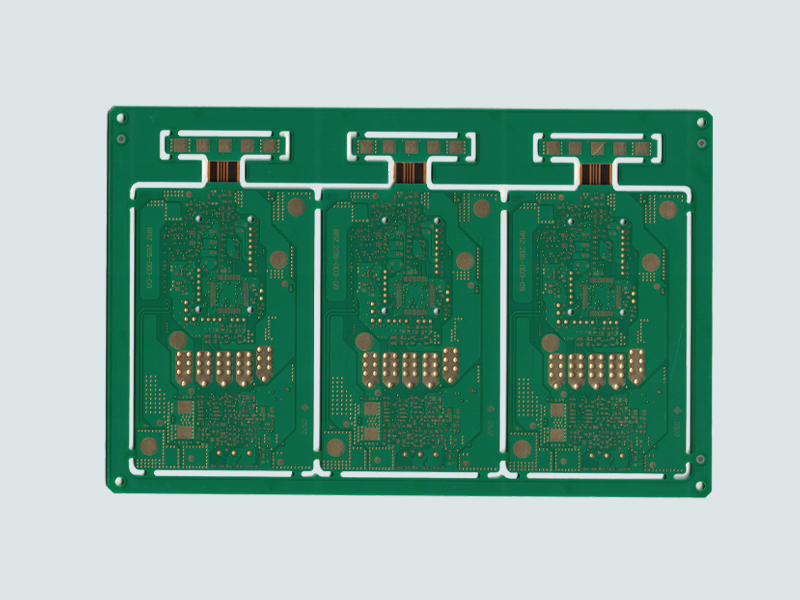Since tesla was hyped up, there have been news about new energy batteries and battery boards almost every once in a while. Toyota's hydrogen fuel cell electric car, aluminum battery electric car that can run 1,600 kilometers, liquid flow battery car that can run 600 kilometers on a single charge, graphene battery, aluminum ion battery... It may seem foolish to use lithium batteries now, and a new energy revolution is long overdue, but is it really as good as the news makes it out to be? Please take a look with the battery circuit board.
The core technology of an electric car is the battery, the motor, the electric control and the battery circuit board, and then the chassis technology and things like that in a traditional car. Among them, motor technology is now relatively mature, electronic control is also making continuous progress with Moore's Law, car chassis technology has developed for so many years, not to say the bottleneck.

The core problem of electric cars lies in the battery. For electric vehicles, the ideal battery should have the following characteristics:
1. Have enough energy density and enough capacity per unit volume and weight to run a longer distance.
2. Have enough power density, unit volume unit weight can produce enough power, so that the car can accelerate quickly, can climb up the hill.
3. The energy replenishment speed should be fast, charging or changing electricity should be fast, otherwise it can only be limited to the mode of commuting in the city, running during the day and charging at night.
4. The average cost of use should be cheap and the combination of life and price should be competitive.
There are two kinds of batteries in electric vehicles, one of which is lithium ion battery of high-speed electric vehicles, including lithium manganese acid and ternary lithium battery. There is also a low speed electric vehicle lead-acid battery, the requirements of electric vehicles to see, lithium battery power density and energy density is good, but can not charge fast, the price is also high. Without subsidy support, it can only be used for high-positioning models like Tesla. Lead-acid batteries have low power density and energy density and slow charging, but they are relatively cheap and suitable for short-distance low-speed electric vehicles. But there are pollution problems and now China is not encouraging development.
Other great rumors about this battery and that battery, unfortunately, are not ready for mass production yet, but there are several experimental bus routes in use. These are the only two that have really passed the practical test and can be used on a large scale in reality. The advanced batteries in this myth are either not reliable at all, or they're still in the lab.


